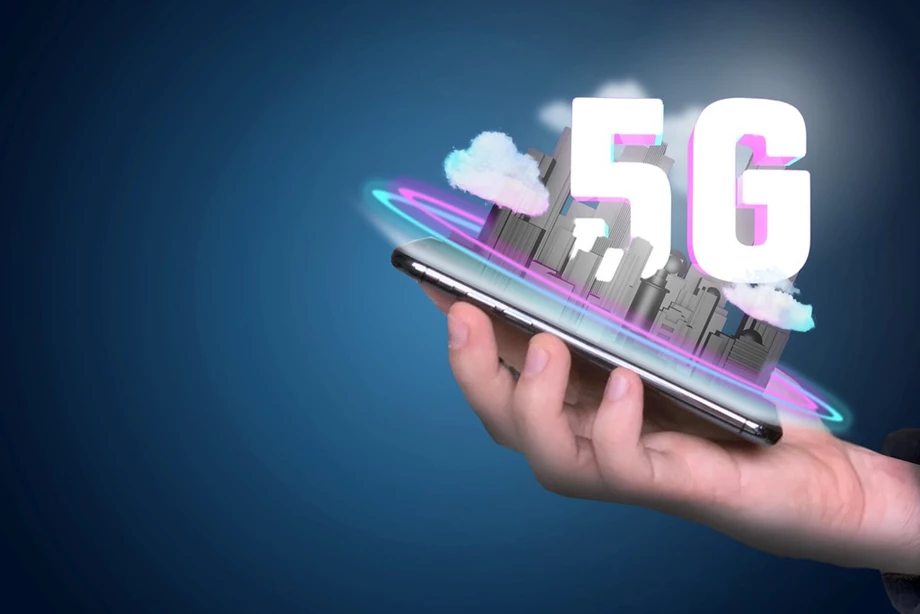
In today’s interconnected world, access to the Internet has become increasingly crucial for social, economic, and educational opportunities. However, a significant digital divide still exists, separating those with reliable internet access from those without. The emergence of 5G technology has raised hopes for bridging this divide and creating a more inclusive digital landscape. This article explores the impact of 5G on the global digital divide, analyzing its potential to bridge the gap and provide equal opportunities for all.
Understanding the Digital Divide
The digital divide refers to the gap between individuals and communities with access to modern information and communication technologies (ICTs) and those without. This divide encompasses various factors, including infrastructure, affordability, digital literacy, and socio-economic disparities. Without proper access to ICTs, individuals and communities are limited in their ability to access information, educational resources, job opportunities, and social connections.
The Promise of 5G
Fifth-generation wireless technology, commonly known as 5G, offers significant advancements over its predecessors. With faster speeds, lower latency, and increased network capacity, 5G has the potential to revolutionize the way we connect and interact with technology. This technology promises to support the growing demand for data-intensive applications, such as augmented reality, virtual reality, and the Internet of Things (IoT). Moreover, 5G networks can cover larger areas and provide more reliable connectivity, even in densely populated regions.
Bridging the Divide with Enhanced Connectivity
One of the key advantages of 5G technology is its ability to provide enhanced connectivity to underserved areas. Traditional internet infrastructure, such as fiber-optic cables, can be costly and challenging to deploy in remote or economically disadvantaged regions. However, 5G’s wireless nature allows for easier and more flexible deployment, enabling broader coverage in both urban and rural areas. By extending the reach of high-speed internet, 5G can bridge the geographical divide and connect communities that were previously isolated.
Empowering Education and Skills Development
Access to quality education is a fundamental right that should not be limited by geographical location or socio-economic status. With 5G, students in remote areas can gain equal access to educational resources, online courses, and virtual classrooms. This technology enables seamless video streaming, interactive learning experiences, and real-time collaboration, fostering a more inclusive educational environment. By reducing the educational divide, 5G can empower individuals with the knowledge and skills needed for a digital future.
Catalyzing Economic Opportunities
The digital divide often intersects with economic disparities, hindering individuals and communities from accessing economic opportunities. 5G has the potential to transform industries, spur innovation, and create new job opportunities. With faster and more reliable connectivity, entrepreneurs in underserved areas can start online businesses, reach global markets, and compete on a level playing field. Additionally, 5G-enabled IoT devices can revolutionize agriculture, manufacturing, and healthcare, providing economic benefits to regions previously excluded from technological advancements.
Overcoming Barriers: Affordability and Digital Literacy
While 5G holds great promise, addressing affordability and digital literacy remains crucial for bridging the global digital divide. High-speed internet services, especially in remote areas, may still come at a premium cost, making them inaccessible to economically disadvantaged populations. Governments, service providers, and non-profit organizations must work together to ensure affordable 5G plans and subsidies are available to marginalized communities.
Furthermore, promoting digital literacy and skills development programs is essential to maximize the potential of 5G. Access to technology alone is not enough; individuals need the knowledge and ability to utilize it effectively. Investing in digital literacy initiatives will empower individuals to make the most of 5G’s capabilities, fostering a more inclusive and equitable digital society.
Collaboration for Success
Bridging the global digital divide requires collaboration among various stakeholders. Governments, policymakers, private sector entities, and non-profit organizations must work together to ensure that 5G technology is deployed in a way that prioritizes inclusivity and equal access. This collaboration can involve initiatives such as public-private partnerships, community-based programs, and regulatory measures that promote competition and affordability.
Inclusive Infrastructure Development
To bridge the digital divide effectively, it is crucial to invest in infrastructure development that extends the reach of 5G networks to underserved areas. Governments and service providers should prioritize the deployment of 5G infrastructure in rural and remote regions, ensuring that these areas are not left behind in the digital revolution. Additionally, initiatives such as shared network infrastructure and community-based connectivity models can optimize resource allocation and minimize costs.
Addressing Privacy and Security Concerns
As 5G networks become more pervasive, concerns about privacy and security also arise. Safeguarding user data and protecting against cyber threats is paramount to building trust in the digital ecosystem. Governments and regulatory bodies must establish robust frameworks and regulations to ensure data privacy, encryption standards, and cybersecurity practices are in place. By addressing these concerns, individuals and communities can confidently embrace 5G technology without compromising their privacy and security.
Promoting Digital Inclusion
While 5G can be a powerful tool for bridging the digital divide, it is important to remember that connectivity alone is not enough. Digital inclusion encompasses not only access to technology but also the skills, knowledge, and confidence to utilize it effectively. Governments and organizations should invest in digital literacy programs that provide training and support for individuals and communities, empowering them to navigate the digital landscape and take advantage of the opportunities provided by 5G.
Conclusion
5G technology holds immense potential to bridge the global digital divide and create a more inclusive digital society. By extending connectivity to underserved areas, empowering education and skills development, and catalyzing economic opportunities, 5G can reshape the digital landscape and provide equal access to opportunities for individuals and communities worldwide. However, addressing challenges related to affordability, digital literacy, infrastructure development, privacy, and security is crucial for ensuring that 5G benefits all segments of society. By fostering collaboration among stakeholders and prioritizing inclusivity, we can harness the power of 5G to bridge the gap and create a more equitable and connected world.
Click here to read the full article from Devdiscourse.